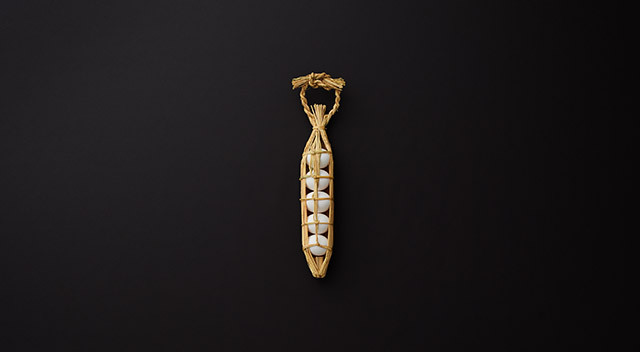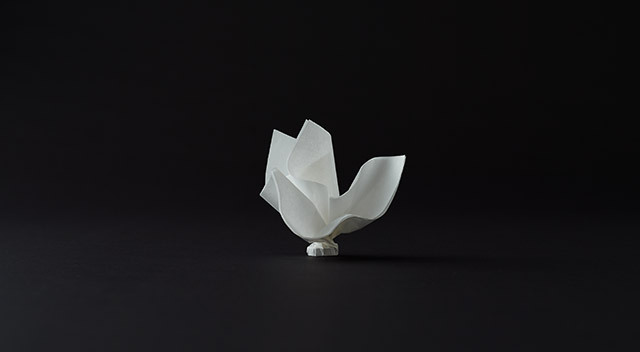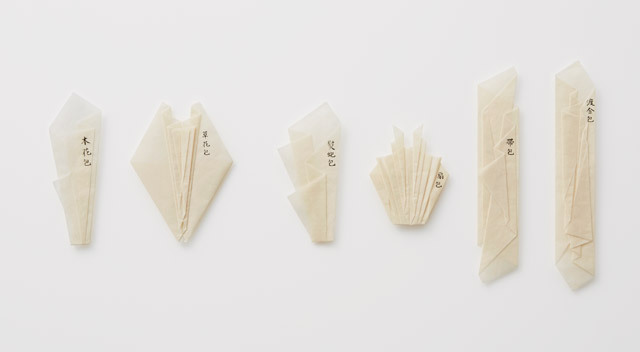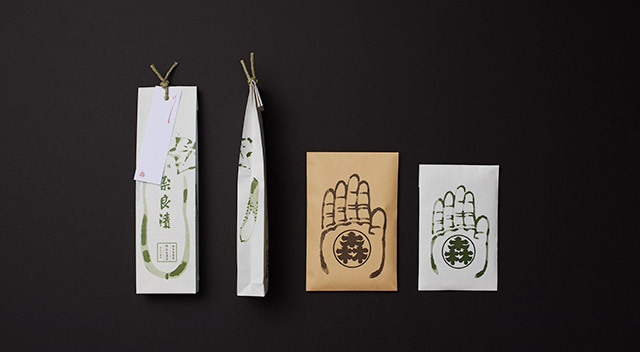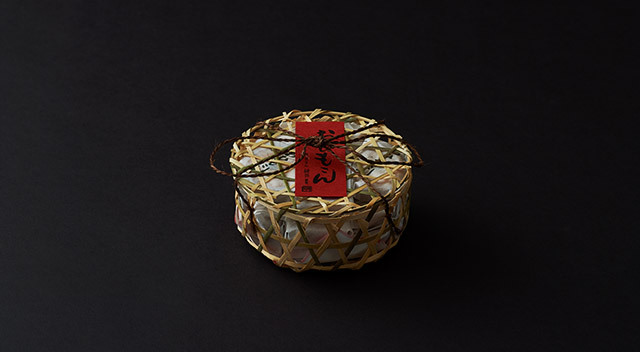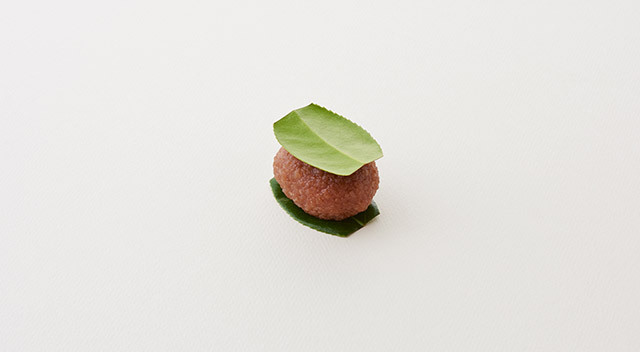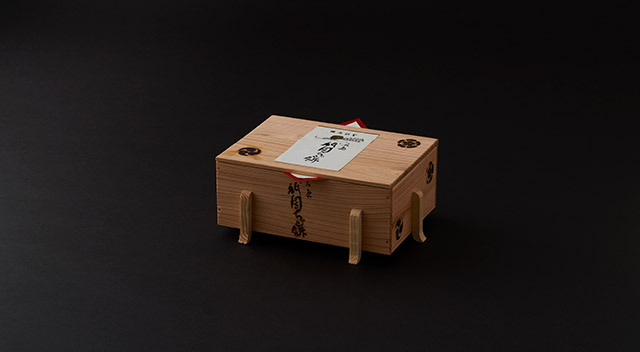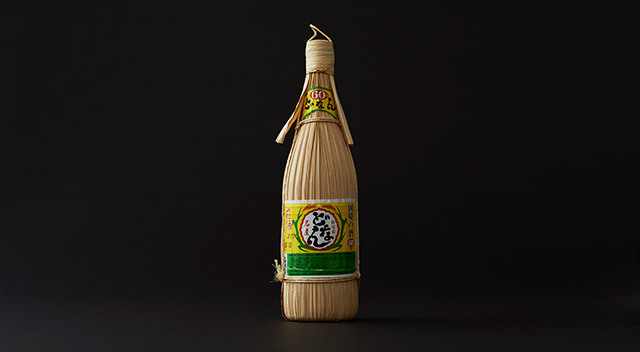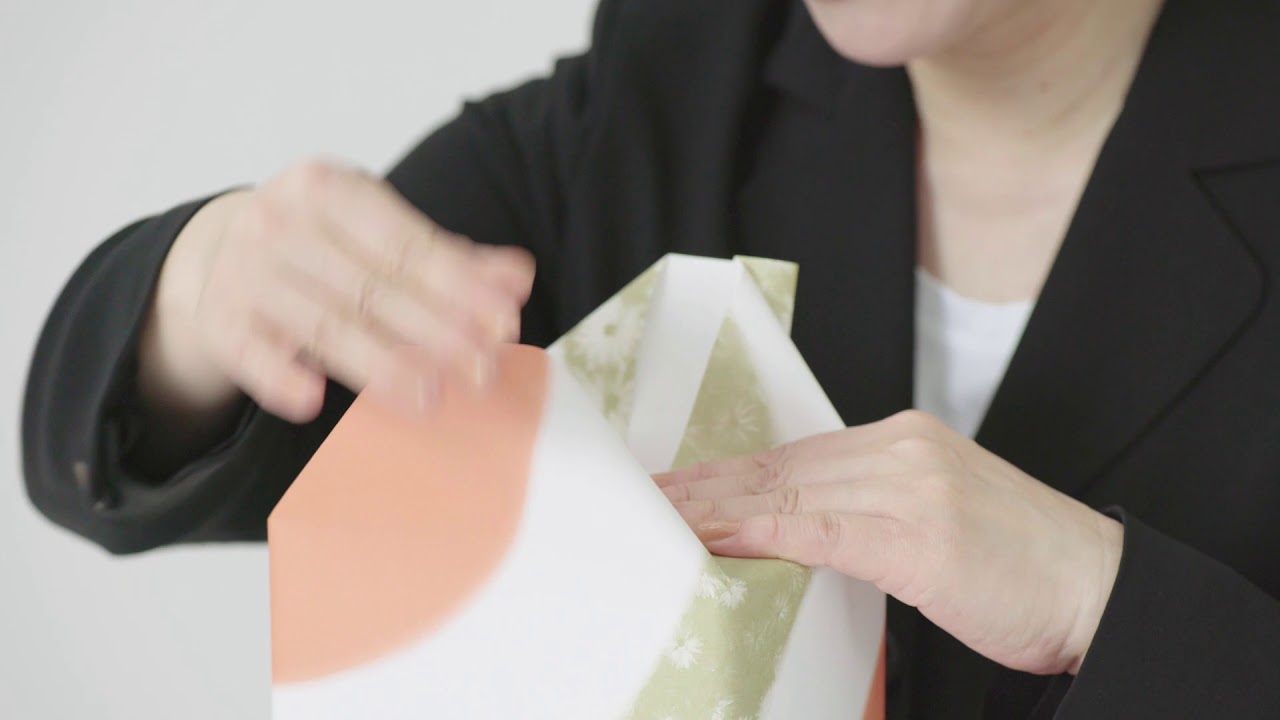
To the Japanese people, wrapping is not a mere act of decoration that adds to the formal beauty or functionality. The wrapping culture of this nation arose in the Jomon period (Japan's prehistoric period that lasted around 14,000-1000 BCE) and has developed over several thousand years, interweaving practicality, art, and faith.
From origata gifts wrapped in white paper, we feel the purity of something that has never been used by anyone. Seeing the tamago-tsuto (egg-bundle) with its minimal and efficient design, we appreciate the functionality of nature and the human sensibility that discerned it. One sheet of wrapping furoshiki can bring to mind the fluidity of water. For the Japanese, the art of wrapping is a condensation of respect for nature and wisdom, dialogue with the gods, and a language by which to communicate intangible feelings and forge deeper between giver and receiver.
Practical Wrapping
The tamago-tsuto protects precious eggs, making it easy to carry and preserve them; the kome-dawara straw bags eases the burden to carry heavy rice; and the cylindrical taru barrels allow liquids to be transported by rolling along the ground. In agrarian times, people used natural materials and their wisdom to wrap foodstuff in functional ways.
Tamago-tsuto (egg-bundle)
Religious Wrapping
Seeing something sacred about pristine, immaculate paper, the Japanese have found the spiritual aspect of wrapping. Omamori, portable good luck amulets wrapped in small bags or boxes; ohineri, washed rice or money wrapped in white paper and given as an offerings at temples and shrines, or thrown as a compliment at one's favorite kabuki actors; and the nagashi-bina dolls that are sent out to sea on Doll's Day.
Ohineri, given to kabuki actors
Ritual Wrapping
For formal gifts, including occasions of celebration or mourning and seasonal greetings, one can show reigi – courtesy or good manners – to the recipient by changing the method of wrapping. The mizuhiki is derived from the shimenawa, a rope that marks a sacred space; the origata is folded differently depending on the object being wrapped; the noshi, a ceremonial fold with a strip of dried abalone attached, symbolizes perpetuity. These are examples of ancient conventions established in aristocratic and samurai societies, which have been passed down into our lives today.
Reconstruction following folding examples in Hoketsu Zusetsu by Ise Sadatake | Origata Design Institute
Wrapping with Paper
Kozo, a type of tree from which paper can be made, grows abundantly in Japan. This has led for a variety of paper to be produced in the country since antiquity. Wrapping in paper can be done with plain paper or with vibrant colors and complex shapes. Remarkable examples can be found particularly in Kyoto and Nara – cities with many confectioners – and we can see the craftsmanship in their refined and urbane designs. On the other hand, there is something comforting about a steaming manju cake or taiyaki cake wrapped in simple, unpretentious paper. This warm familiarity too is paper's appeal.
Morinaraduke | Kizami Naraduke (chopped-up naraduke pickles)
Wrapping in Bamboo
As bamboo grows naturally everywhere from the Kyushu region to Hokkaido, it has been one of the natural materials most familiar to the Japanese. If cut in a way that makes use of the segmented structure, it can be used to hold water; if cut into strips and woven together, it can form delicate baskets. Bamboo peel is also said to have a preservative effect, allowing bamboo-wrapped food to last for a long time. Wrapping rice balls in bamboo peel, which could then be carried around, is also said to have been the origin of the bento.
Kagizen Yoshifusa | Ohimosan
Wrapping in Seasonal Plants
Dividing very specifically, there are 72 seasons in a year. Japanese culture has historically observed and celebrated these subtle changes in various ways – including through wagashi, Japanese candy or confectionery. Many wagashi use plant leaves to wrap the confectionery. These are said to have the effect of preventing drying, and of making confectionery easier to carry around. The sakuramochi cake comes wrapped in a sakura (cherry blossom) leaf, kashiwamochi in a kashiwa oak leaf, chimaki in a sasa bamboo leaf. Besides these famous examples, there are seasonal wagashi across the country that use the local vegetation, such as the yomogi manju cake and the sasa dango dumpling.
Toraya | Tsubakimochi
Wrapping in Wood
Warm and humid, Japan is home to a diversity of trees, and 70% of its land area is covered in forestation. Wood is a practical material for making housing, tools, and sturdy storage containers. The Japanese have also seen an acute sense of purity in the texture of plain, unvarnished wood with its divinely smooth sheen. As such, wood has also been valued as material for stands to hold offerings to the gods, and for boxes for special gifts.
Sanjyowakasaya | Gion Chigo Mochi
Wrapping in Straw
It is said that the whole of Japanese culture was born out of rice farming. In particular, wrapping with straw – made from dried rice plants after harvest – gives us a glimpse of the quality of farming life in Japan, which developed out of a fine sensibility. Straw is flexible, wieldy, and has extremely strong fibers; as such, it is ideal for wrapping fragile items. The fact that this straw was the most easily procured material gave way to a distinctive culture of straw-wrapping in Japan.
Donan
The Infinite Square
Whether a box, a large bottle, a sphere or a complex shape, a furoshiki – one square sheet of cloth – can wrap it all up in one bundle. One sheet can be used for anything and any number of times, and different uses have been devised in different eras, with new ideas developed even today. Here we introduce five furoshiki wraps, such as the hira-tsutsumi, which avoids knots as a sign of sincerity and respect, and the awase-tsutsumi, which allows one to carry two wine bottles with one hand.
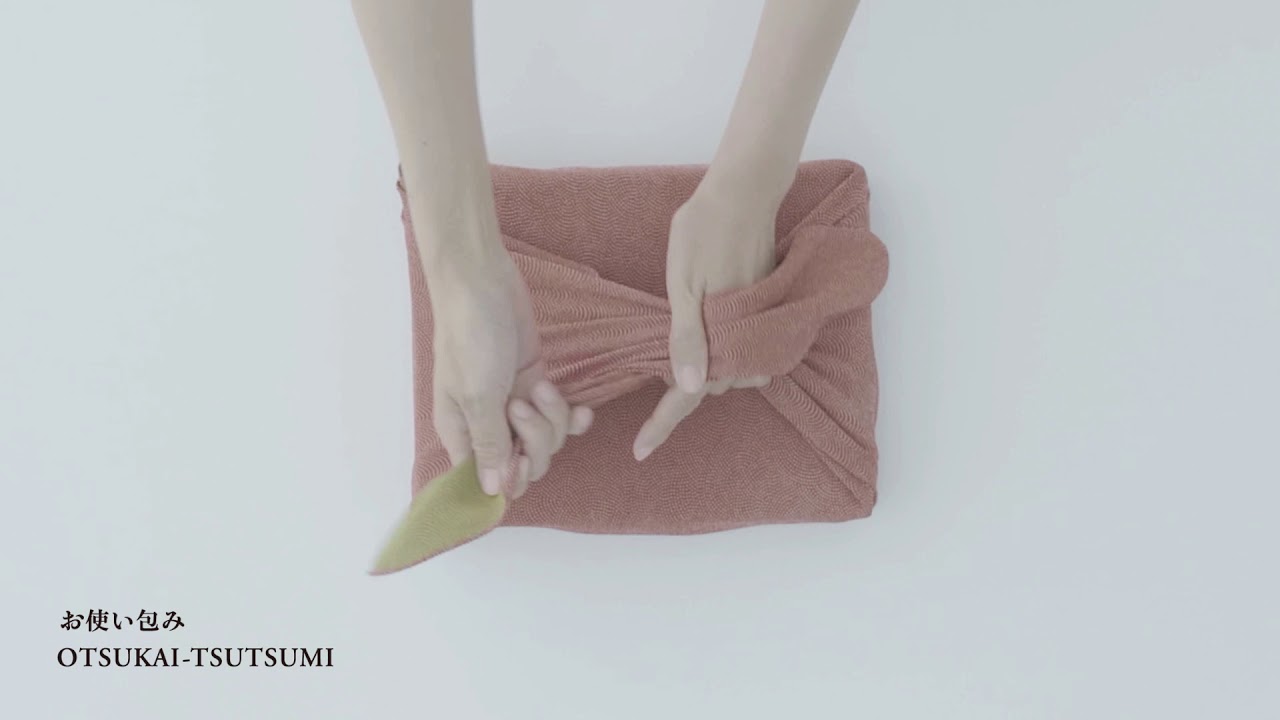
Otsukai-tsutsumi | Basic way of wrapping. Can be used for casual gifts, bentos and others.
Credits
Support: WAKO Co., Ltd., kobo-straw (making tamago-tsuto), Irie Toyosaburou Honten, Kodai Suzumezushi Sushiman, Sankogan Co., Ltd., Shinmei Shrine, Kintaro-Ame Honten, Shiba Daijingu Shrine, Akumi Kanbe Shinmeisha, Origata Design Institute, Ippodo Tea Co., Ltd., Sasaya Iori, Kameya Yoshinaga, Kansendo, Ryoguchiya Korekiyo, Rakugan Moroeya, MORINARADUKE Corporation, Kagizen Yoshifusa co., ltd., Kyogashi-Tsukasa Kanaya-Masahiro, Taiso, Takahashi Magozaemon Shoten, Sawashou Co., Ltd., Toraya Confectionery Co., Ltd., Mannendo, SANJYOWAKASAYA Co., Ltd., Kanaya-Masahiro Co., Ltd., Nihonbashi Saruya, Kamesuehiro, Kashiwaya Mitsusada, Saoshika Honpo Fujiya, Negishi Sasanoyuki, Tamaiya-Honpo, Kokusen Awamori, G.P., Japan Furoshiki Association, Satoko Daikuhara (furoshiki demonstration)
Reference: Hideyuki Oka, Tsutsumu – Nihon no Dentou Pakkeji ("Wrapping: Japan's Traditional Packaging"). BNN, 2011.


